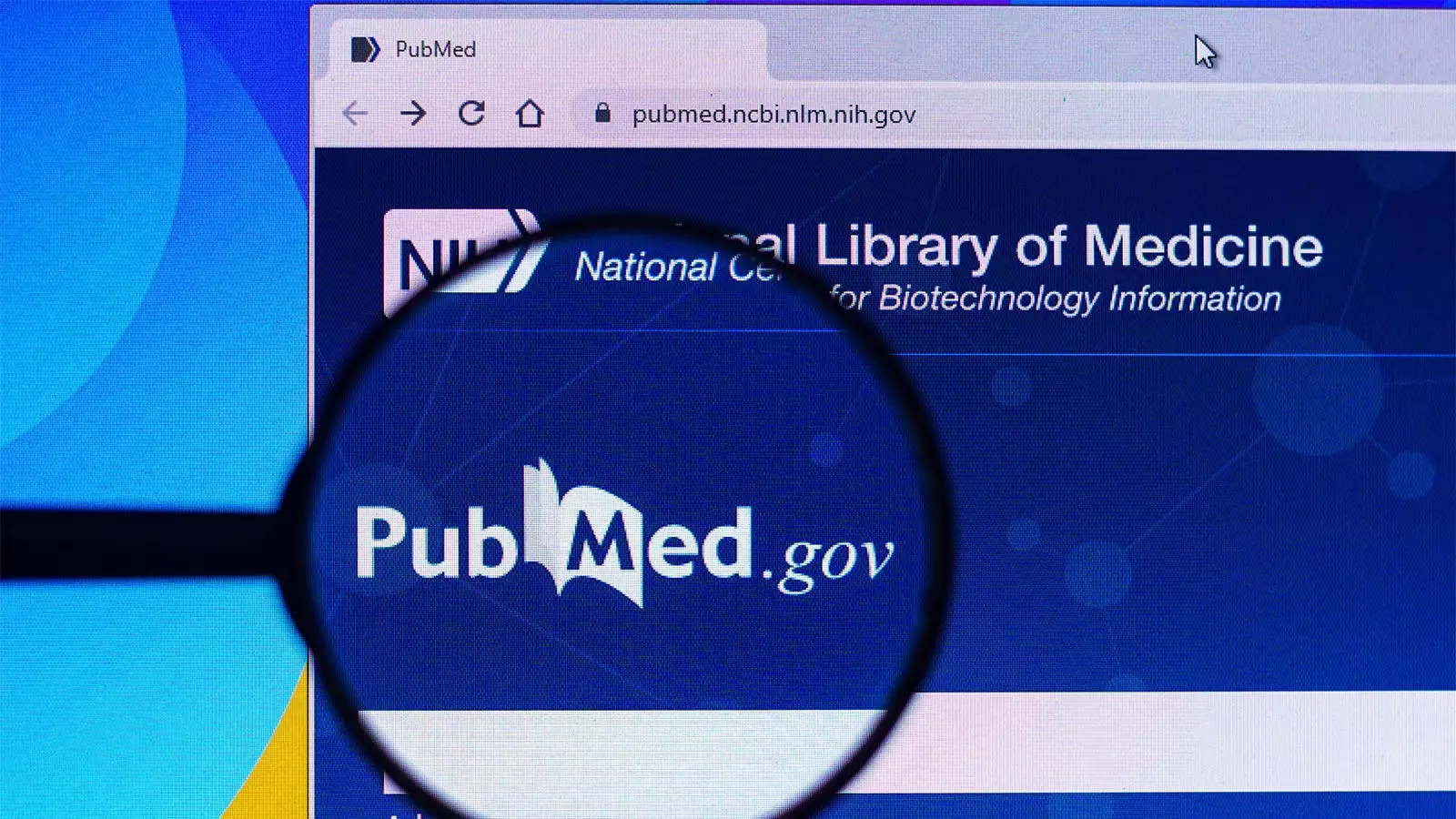Conflict of interest (COI) disclosures are vital for fostering transparency and trust within the scientific community. They are intended to inform readers about potential biases that may affect research outcomes. Despite the introduction of a dedicated field for COI statements in PubMed back in 2017, a substantial portion of scientific journals continues to neglect its use. Recent research highlights a concerning trend: even as awareness around COIs grows, the implementation of these disclosures remains inconsistent across journals.
Incremental Growth in COI Reporting
A study led by Peter Lurie from the Center for Science in the Public Interest sheds light on this issue. An analysis spanning more than 7,000 journals revealed that the percentage of journals including at least one COI statement climbed from 25.9% in 2016 to 33.2% in 2021. Simultaneously, the share of articles on PubMed that documented COIs rose dramatically from a mere 9% to 43% within the same timeframe. Although these figures illustrate progress, they also underscore a persistent underutilization of the available resources for COI disclosures.
In the realm of high-impact journals, the scenario is only marginally better. Among the top 40 journals analyzed, only about 30.2% of the roughly 4,000 articles published during 2021-2022 included COI statements, with approximately 63.3% of those utilizing the PubMed COI field. This raises the question: why is the adoption rate not higher, especially when the tools and protocols for facilitating transparency are readily available?
Lurie’s research identifies several factors contributing to the underutilization of COI fields. One primary reason could be the lack of awareness about the field’s existence among journal editors and authors. Additionally, some journals may have a policy of acknowledging conflicts in other sections of their articles, thus failing to capture this data in PubMed’s designated field. Moreover, inconsistencies in how different journals collect and categorize COI information can significantly hinder the overall efficacy of these disclosures.
The variability in reporting practices points to a broader problem within scientific publishing. While some journals adhere to standardized practices for COI reporting, others adopt inconsistent or idiosyncratic approaches. For researchers submitting manuscripts, navigating these disparities can be frustrating, as the expectations surrounding COI declarations may differ widely between journals.
To address these challenges, it is crucial for journals to improve their mechanisms for collecting and reporting COI statements. Lurie emphasizes that existing coding systems can assist journals eager to enhance their compliance with PubMed’s COI field. By leveraging these tools, journals can standardize their processes and ensure that COI disclosures are consistently included in submissions.
Moreover, the National Library of Medicine might need to ramp up its outreach efforts to journals that have not yet adopted the COI statement field. Increased communication and education about the importance of COI transparency could bolster participation rates and ultimately enhance the integrity of published research.
Implications for Future Research and Policy
The study examined a range of journal types—from clinical trials and observational studies to systematic reviews and case reports—highlighting the necessity for COI disclosures across all forms of medical literature. The analyses revealed that while certain advancements have been made, the overall landscape still reflects a hospitality toward opacity rather than transparency.
The implications of insufficient COI disclosures are profound. When journals neglect to publish COI statements, it not only limits readers’ ability to critically assess the research but also raises ethical concerns regarding the integrity of the scientific process. The potential for undisclosed conflicts to skew research interpretations threatens the foundational principles of science—objectivity and honesty.
The data chronicled here reflect a critical juncture in the evolution of scientific publishing. While strides have been made in reporting COIs, there remains a significant gap between potential and practice regarding transparency. Journals must prioritize the incorporation of COI statements into their processes, thereby ensuring adherence to ethical norms and fostering trustworthiness in published research. The scientific community is at a crossroads; embracing transparency through robust COI disclosures stands as a necessary action for the benefit of researchers, practitioners, and the public alike.


Leave a Reply